Eighty-one years ago, during WWII, in Casablanca harbor, my father was stationed aboard the USS Brooklyn as an Electrician’s Mate, Second Class. Dad went on to become a Chief Warrant Officer in the US Navy.
USS Brooklyn CL-40 in Casablanca harbor – March 1943
The first of the nine Machine Gun Cruisers*, USS Brooklyn was commissioned in September 1937. With a primary armament of fifteen 6”/47 guns in five triple turrets, each 6”/47 gun had a maximum rate of fire of 8-10 shells a minute. Theoretically, a Brooklyn-Class cruiser could fire a total of 120-150 6” rounds a minute at a target.
USS Brooklyn survived WW2 and was put into reserve in 1946, in 1951 she was transferred to Chile, where she was renamed O’Higgins. Serving for 40 years in the Chilean Navy, she was sold for scrap in 1992, but foundered and sank while under tow to shipbreakers in India. One of her 6”/47 turrets is preserved at the Chilean Navy base at Talcahuano.
LIFE Magazine Archives – J R Eyerman Photographer
*Machine Gun Cruisers typically refer to naval vessels equipped with multiple machine guns for anti-aircraft and anti-small craft defense. The Brooklyn-class cruisers, for example, were armed with several M2 Browning machine guns alongside their main artillery, enhancing their combat capabilities during World War II.
I find the installation and use of the .50 BMG M2 Machine guns to be particularly interesting:
The .50 Browning Machine Gun (BMG) round is one of the most widely used service ammunition. Also known as the .50 Browning and the 12.7x99mm NATO, it is currently listed as military ammunition for the U.S. and at least 30 other countries. However, civilian shooters also enjoy .50 caliber shooting – using this rifle round for long-range hunting and shooting competitions. Developed in the early 1900s by John Moses Browning, the .50 BMG is a scaled-up version of the .30-06.; No stranger to military and law enforcement use, .50 BMG ammo has been fired from WWII fighter aircraft and is still used today on helicopters and ground vehicles.
Once the DOJ and the SCOTUS gets off their collective asses and removes the infringements on ALL firearms and accessories, we might want to own one of those. The ammo, however, is quite expensive and could burn through your weekly allowance in one quick hurry when you go down to the range to have some fun.

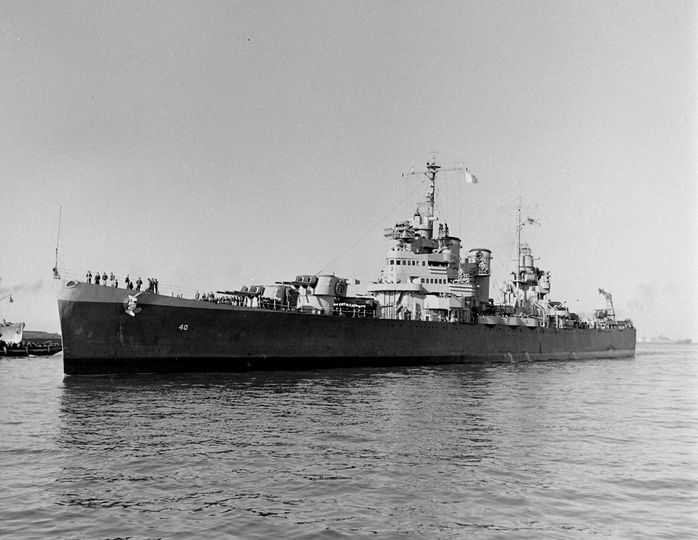
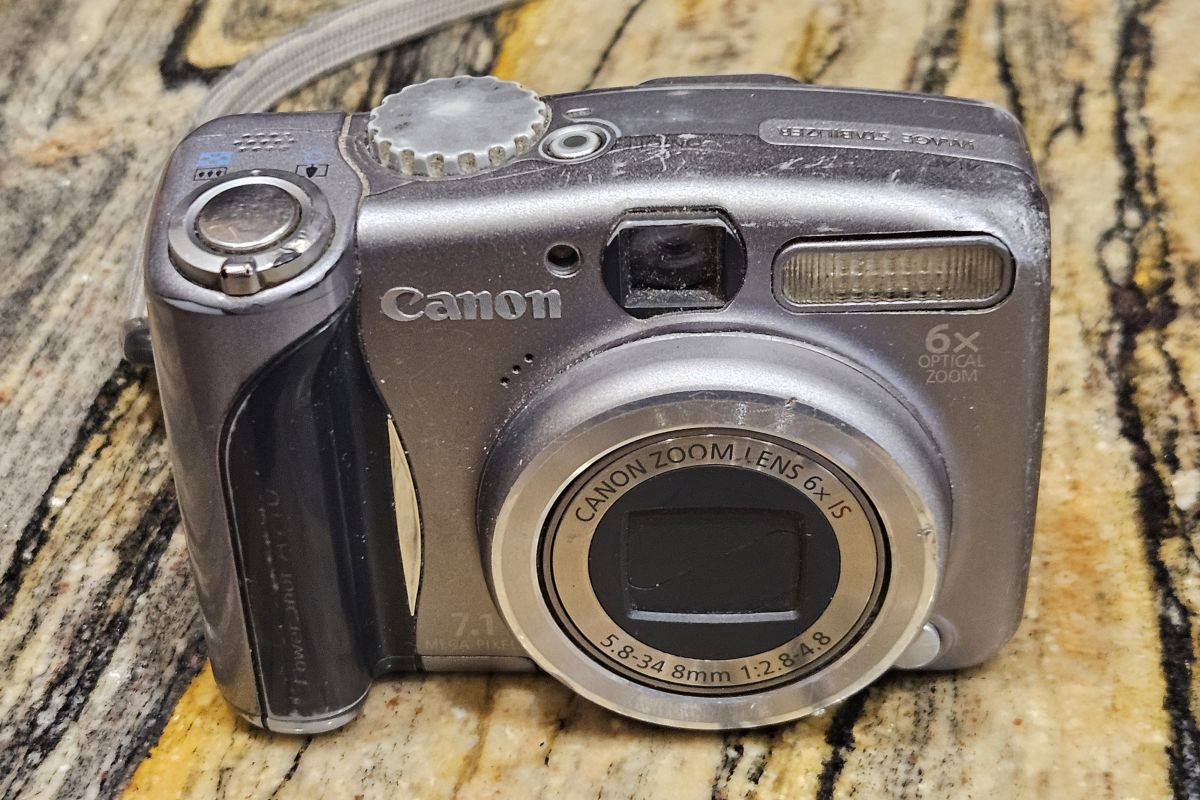
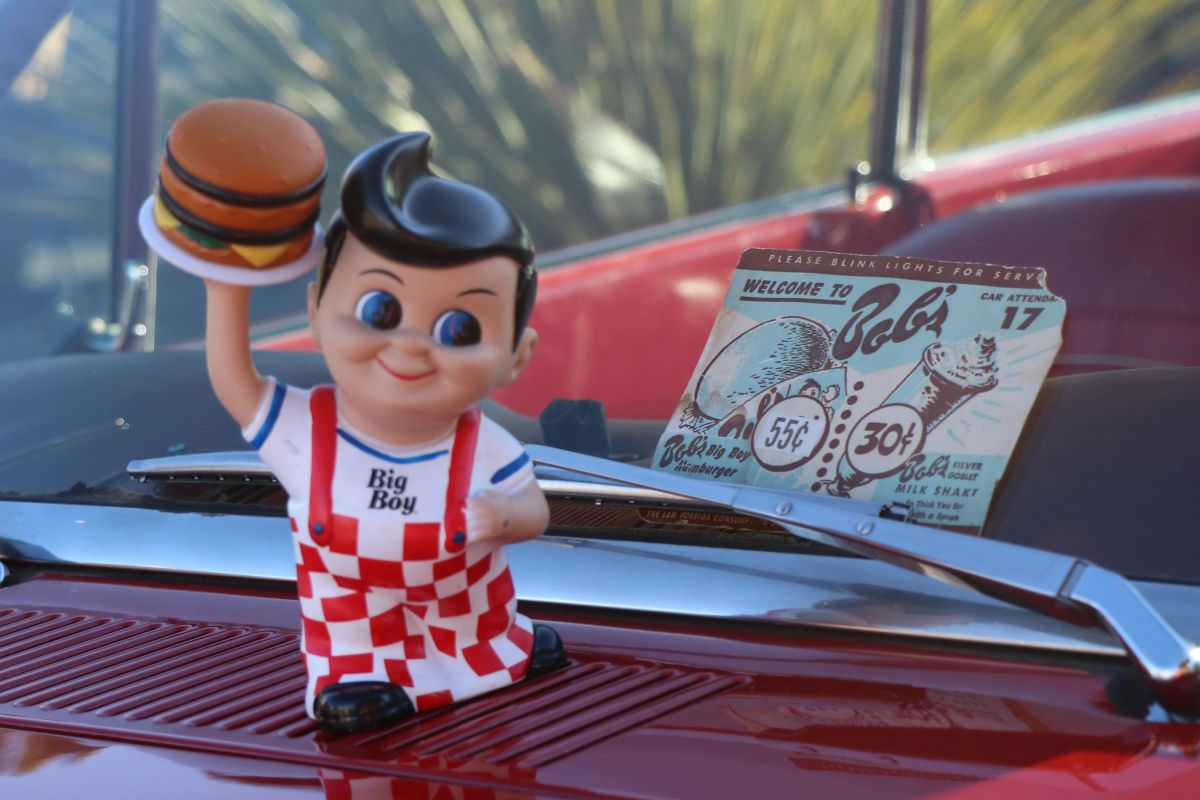
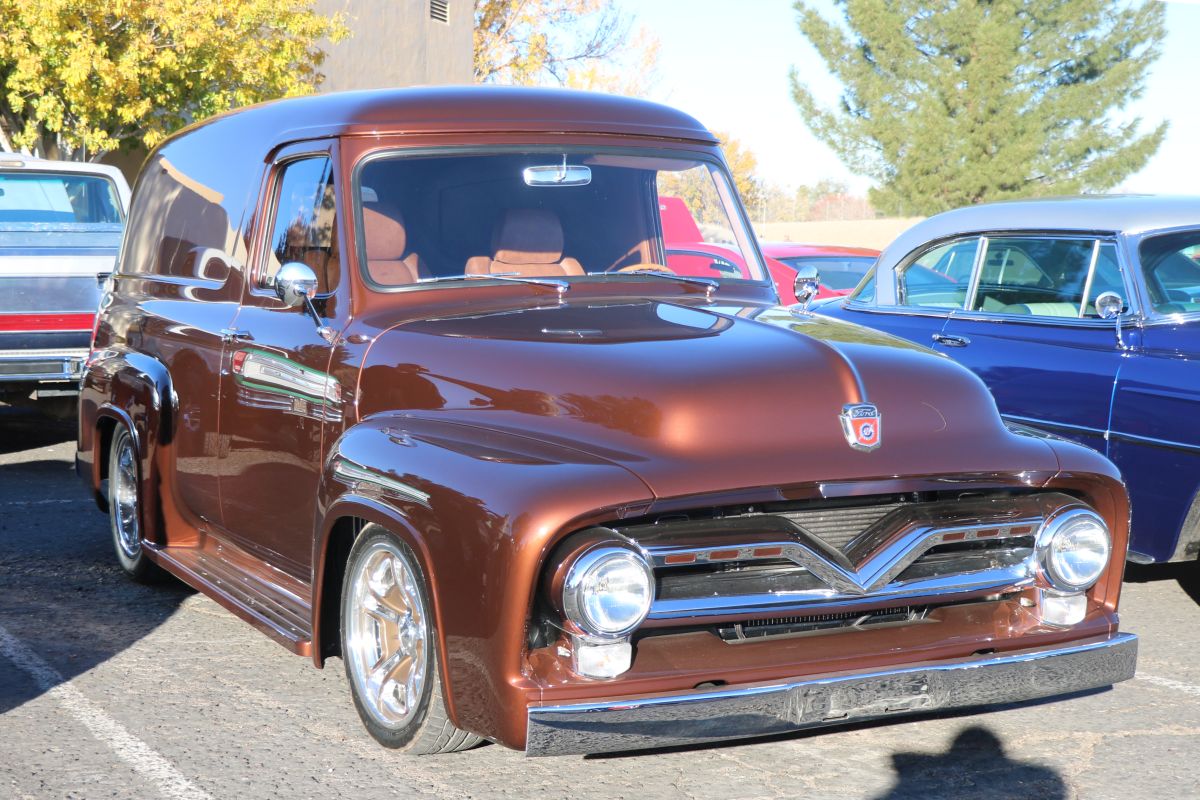
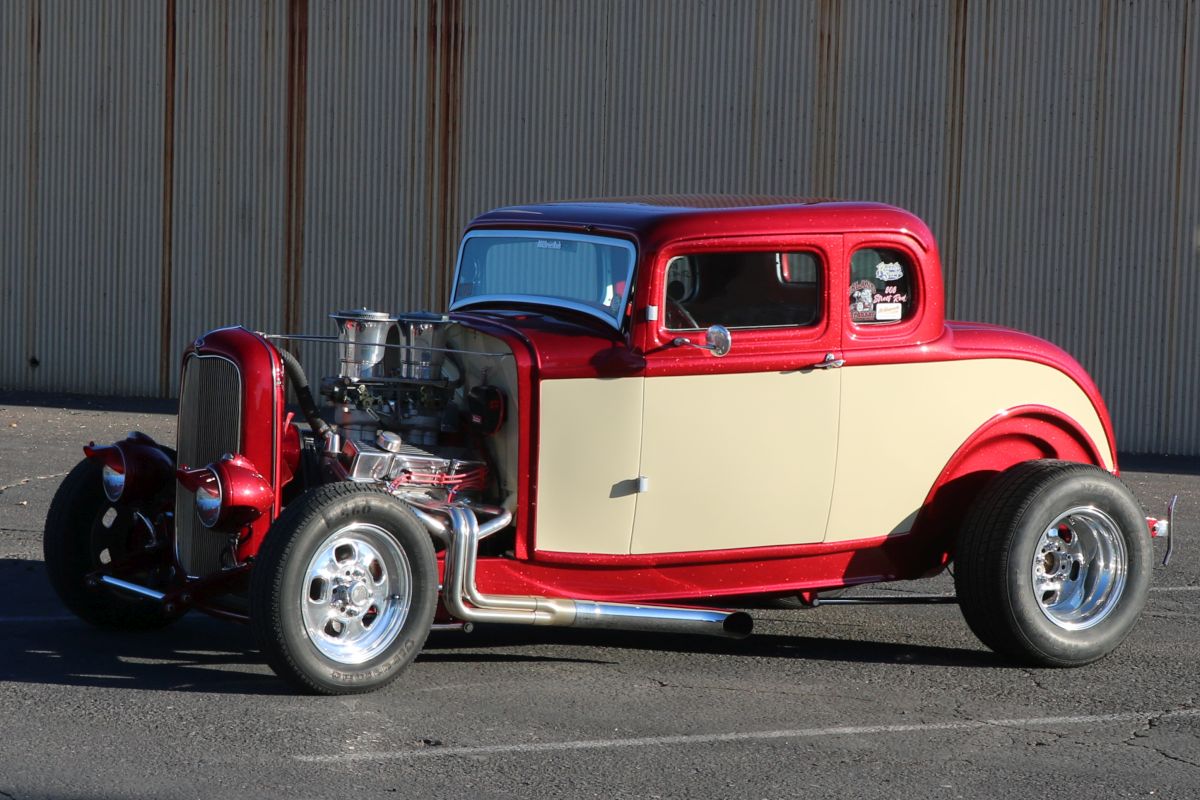
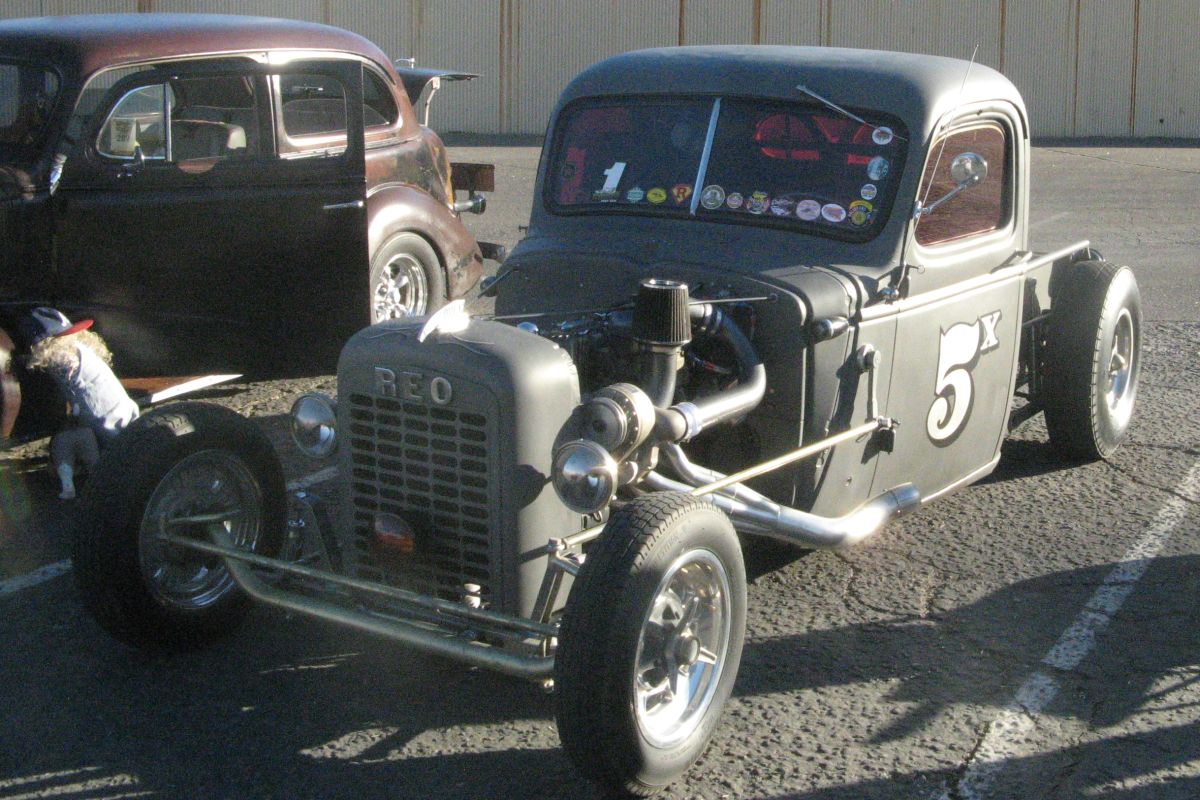
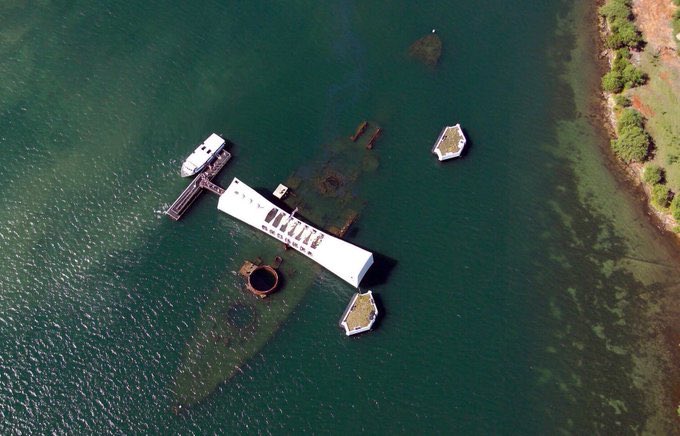
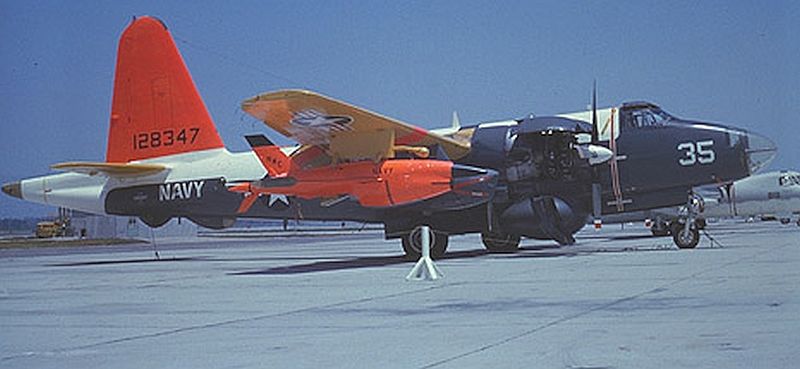
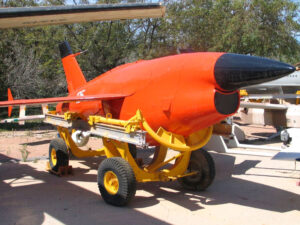
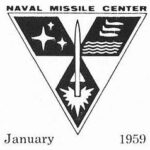 In the
In the 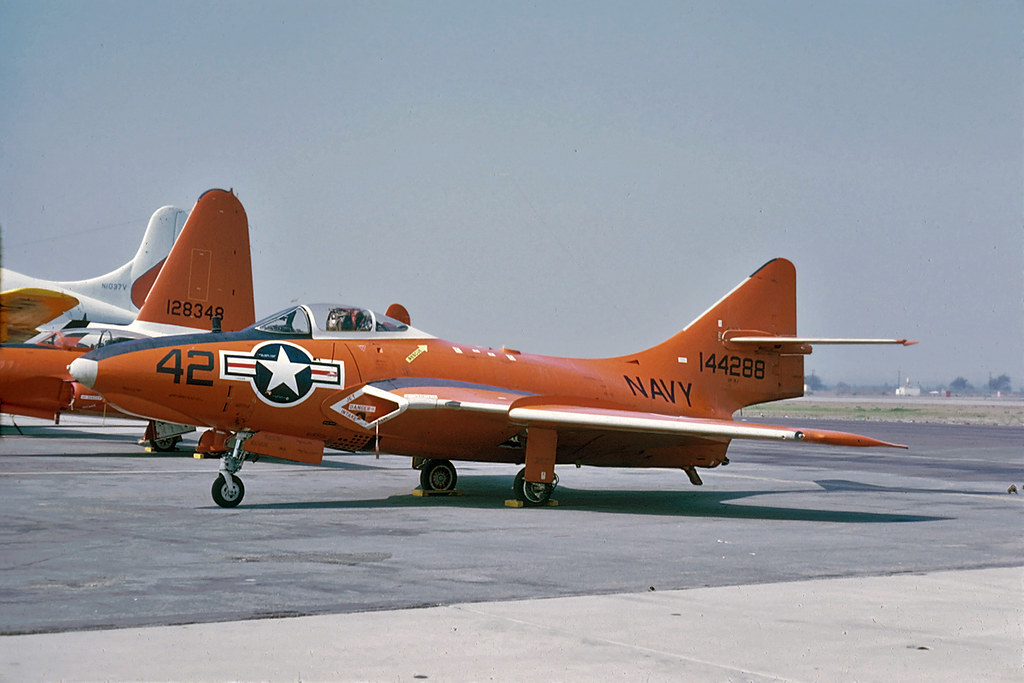
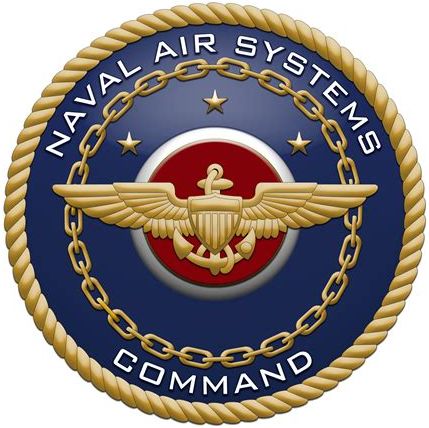 In
In